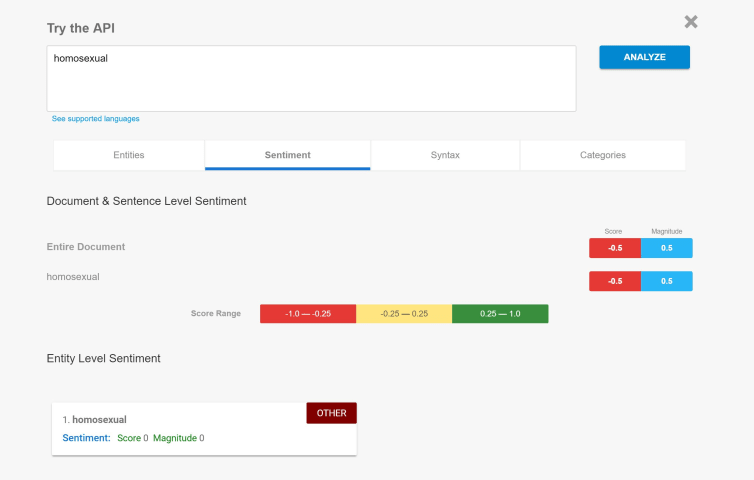Outils
Entités
Voir toutes les entitésStatistiques d'incidents
Risk Subdomain
2.2. AI system security vulnerabilities and attacks
Risk Domain
- Privacy & Security
Entity
AI
Timing
Post-deployment
Intent
Unintentional
Rapports d'incidents
Chronologie du rapport

translated-fr-Several big businesses have published source code that incorporates a software package previously hallucinated by generative AI.
Not only that but someone, having spotted this reoccurring hallucination, had turned that made-up…

Les modèles d'IA semblent inventer sans cesse. Comme le soulignent deux études récentes, cette propension renforce les avertissements précédents, qui recommandent de ne pas se fier aux conseils de l'IA pour les choses vraiment importantes.
…
L'essor des outils de génération de code basés sur le LLM transforme la façon dont les développeurs écrivent des logiciels, et introduit ainsi de nouveaux risques pour la chaîne d'approvisionnement logicielle.
Ces assistants de codage IA, c…

Une nouvelle classe d'attaques de chaîne d'approvisionnement, appelée « slopsquatting », est apparue suite à l'utilisation croissante d'outils d'IA générative pour le codage et à la tendance du modèle à « halluciner » des noms de paquets in��…
Variantes
Incidents similaires
Did our AI mess up? Flag the unrelated incidents

Hackers Break Apple Face ID

Biased Sentiment Analysis

All Image Captions Produced are Violent
Incidents similaires
Did our AI mess up? Flag the unrelated incidents

Hackers Break Apple Face ID

Biased Sentiment Analysis




